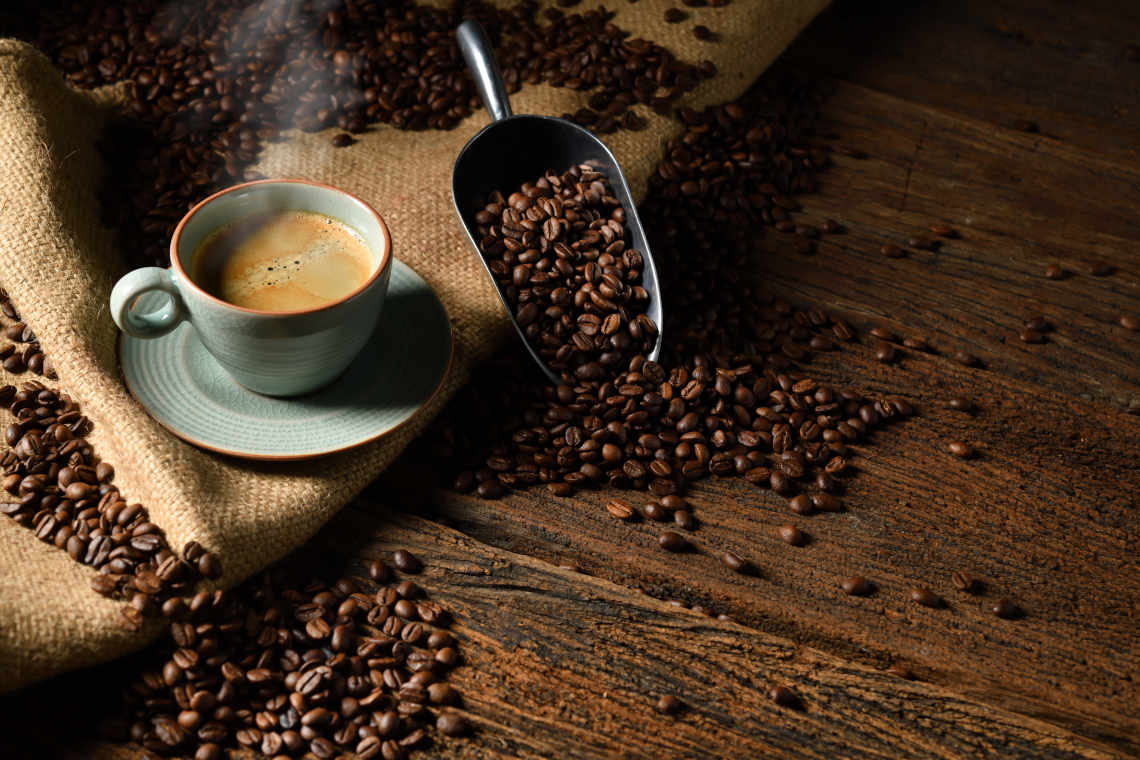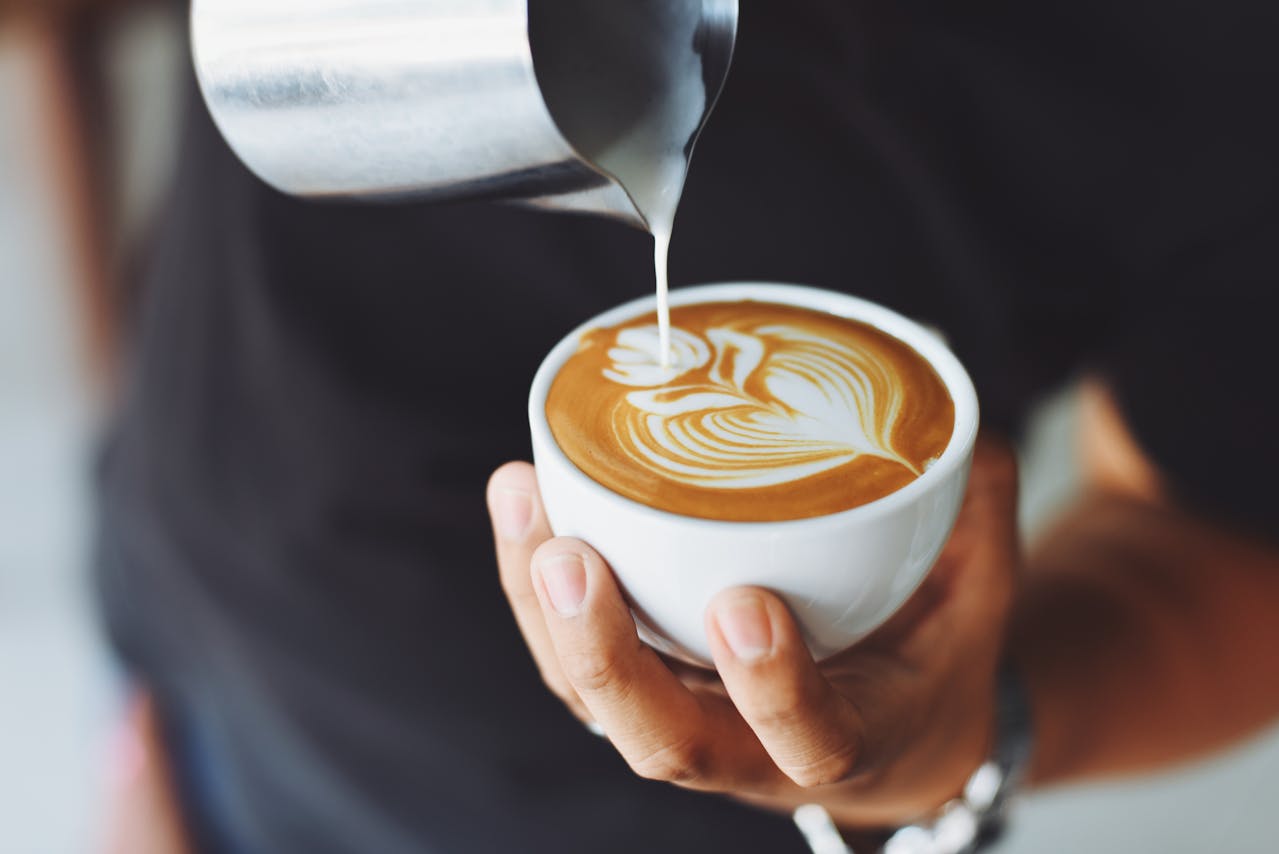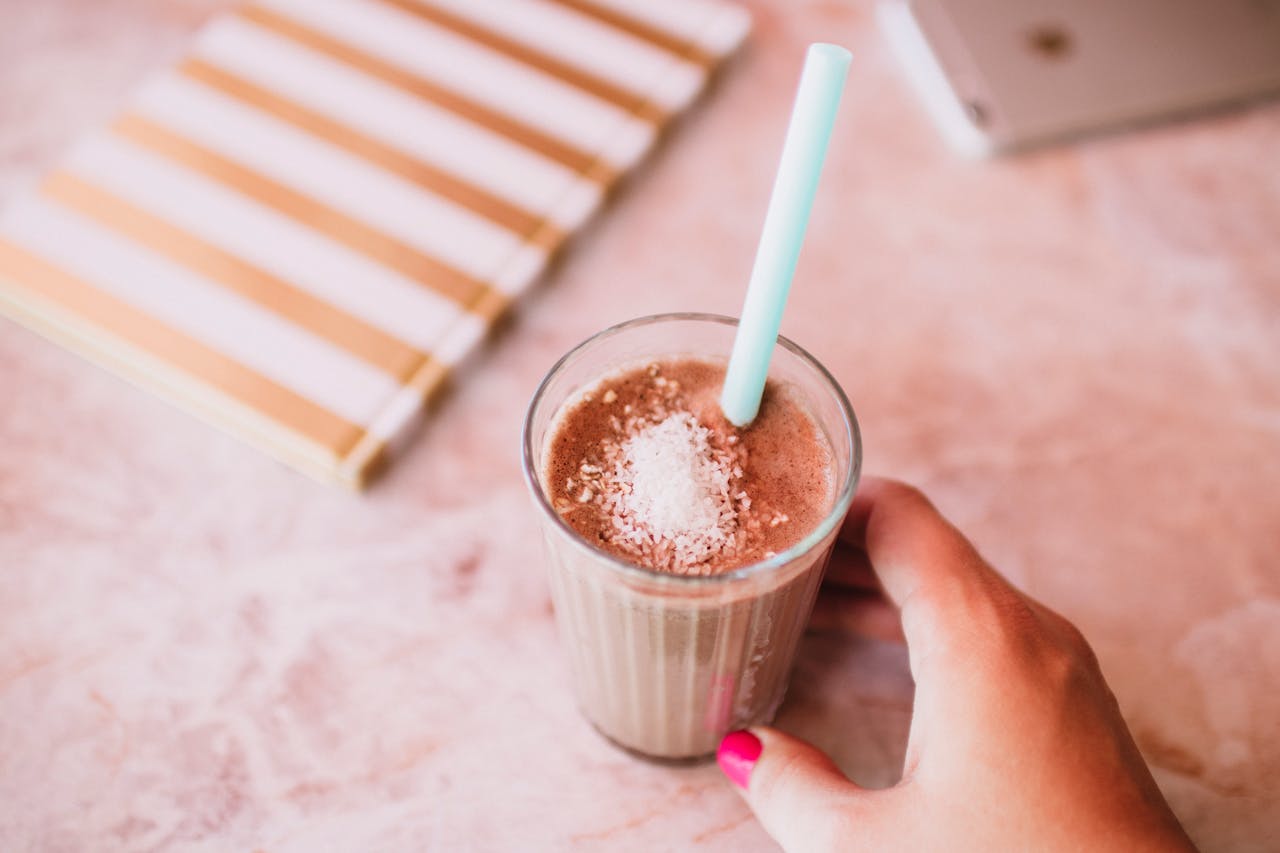咖啡口味測試

在 SIS International,咖啡口味測試不僅僅是品嚐和分級;還包括咖啡口味測試。這是一個複雜的過程,旨在將咖啡品牌提升到最大潛力。
透過我們全面的測試方法,我們深入研究咖啡的感官體驗,評估從最初的香氣到持久的餘味的一切。這種嚴格的分析確保咖啡的各個方面都符合品質和一致性的最高標準。 SIS 的咖啡口味測試可確定最佳口味,並揭示每顆咖啡豆背後的整個故事,從原產地到咖啡杯。
什麼是咖啡口味測試?為什麼它很重要?
Coffee taste testing isn’t some quaint ritual performed by bearded hipsters in flannel—it’s a merciless battleground where multimillion-dollar decisions live or die in the time it takes to slurp a tablespoon of liquid.
咖啡口味測試是一個結構化的評估過程,對咖啡進行嚴格的品嚐和評估,以確定其品質、風味特徵和特徵。它涉及一系列步驟來系統地評估咖啡口味的各個方面。
Real coffee taste testing—not the Instagram-friendly charade most consumers mistake for evaluation—demands three brutally different frameworks operating in concert:
- Consumer Panels: Raw, unfiltered feedback from everyday coffee drinkers who couldn’t care less about “notes of bergamot and blackberry jam” but know exactly what makes them reach for a second cup. These panels cut through industry pretension with ruthless efficiency.
- Expert Cuppings: Q-graders and certified professionals who’ve spent thousands of hours calibrating their sensory equipment to detect flaws and virtues invisible to untrained palates. They don’t care about your feelings—they care about molecular reality.
- Blind Comparative Analysis: The great equalizer where fancy packaging, origin stories, and price points vanish into thin air, leaving nothing but liquid quality exposed to ruthless, uncompromising judgment. Brands that dominate this arena earn their success; the rest are just marketing companies that happen to sell coffee.
It answers the “why” behind the “what.” Most coffee consumers can’t begin to articulate why they gravitate toward certain bags, but their limbic system knows exactly what it’s doing. Proper methodologies extract these hidden truths like a dentist pulls teeth: precisely, effectively, and sometimes with uncomfortable results.
……但是,咖啡味道測試有什麼好處?

咖啡口味測試為咖啡品牌提供了多種優勢——以下是它提供的一些主要優勢:
- 加強品質控制: Brands can maintain a high-quality standard across all their products.
- 產品開發與創新: 它是創新的基礎,允許品牌嘗試新的混合物、烘焙方法和咖啡豆。
- 市場定位: Effective taste testing enables brands to position themselves strategically.
- 全球呼籲: This taste testing is essential for brands looking to reach an international audience.
- 知情決策: 它使品牌能夠掌握有關其產品陣容做出明智決策的知識。了解哪些口味能夠引起消費者的共鳴以及原因可以指導行銷策略、產品開發和採購決策。
The Professional Coffee Taste Testing Protocol: 6 Critical Steps
The difference between casual sipping and professional coffee taste testing comes down to rigorous methodology. Here’s the six-step protocol that separates industry experts from amateur enthusiasts:
1. Sample Preparation
Professional coffee taste testing begins before the first sip. Samples must be:
- Ground precisely 15 minutes before evaluation (never pre-ground)
- Measured to exact coffee-to-water ratios (typically 8.25g per 150ml)
- Brewed with water at 200°F (±2°F)—never boiling
- Prepared in identical vessels free from residual odors
In serious coffee taste testing, even minor preparation inconsistencies can invalidate results. One specialty coffee importer discovered that a 3°F water temperature variation completely transformed how a particular Ethiopian bean’s floral notes were perceived during their coffee taste testing sessions.
2. Dry Fragrance Assessment
Before water ever touches the grounds, professional coffee taste testing evaluates the dry aromatics:
- Intensity (weak to strong)
- Complexity (simple to multifaceted)
- Character (fruity, floral, nutty, chocolatey, spiced)
- Defect detection (phenolic, ferment, musty)
This step provides crucial baseline data during coffee taste testing. Experienced evaluators can often predict flavor abnormalities from dry fragrance alone, flagging samples for special attention during later stages.
3. Wet Aroma Evaluation
The critical “break” (disrupting the crust that forms after brewing) releases volatile aromatics that provide essential information in coffee taste testing:
- First impressions (immediate aromatic burst)
- Evolution (how aromas transform as temperature decreases)
- Specific note identification using standardized terminology
- Structural components (sweetness indicators, acidity qualities, potential balance)
Many coffee professionals consider this the most revealing moment in coffee taste testing. Research shows aromatics detected during the break correlate strongly with overall quality scores, making this a powerful predictive tool.
4. Initial Taste Analysis
During structured coffee taste testing, the first sip focuses exclusively on immediate impact:
- Entry impression (first flavor sensation)
- Attack characteristics (how quickly flavors develop)
- Front-palate sensations (sweetness, initial acidity)
- Primary flavor clarity
Proper coffee taste testing requires aggressive slurping to aerosolize the liquid across all tasting zones simultaneously. This technique, while conspicuously loud, ensures complete sensory evaluation impossible with casual sipping.
5. Complete Flavor Profile Mapping
Now the comprehensive mapping begins. Professional coffee taste testing systematically evaluates:
- Sweetness (perceived sugar-like qualities without actual sugar)
- Acidity (type, quality, and intensity—not simply “high” or “low”)
- Body/mouthfeel (texture, weight, and coating properties)
- Flavor clarity and distinction
- Balance between components
- Complexity and layer development
- Finish characteristics and duration
Coffee taste testing at this stage employs standardized terminology to ensure consistency across evaluators. The Specialty Coffee Association’s flavor wheel has become the industry standard, with over 110 distinct descriptors arranged in hierarchical relationships.
6. Defect Identification and Scoring
The final phase of rigorous coffee taste testing involves:
- Technical defect identification (processing, storage, or roasting flaws)
- Intensity scoring of both positive attributes and defects
- Temperature-change evaluation (how flavor transforms as coffee cools)
- Overall quality scoring against established benchmarks
- Categorical placement (commercial, premium, specialty, or exceptional)
Professional coffee taste testing typically employs numerical scoring systems, with specialty coffee using the 100-point scale. Only coffees scoring above 80 points in blind coffee taste testing can be classified as specialty grade—a distinction with massive price implications for farmers and importers.
本次測試的重點產業
多個行業受益於咖啡口味測試,包括:
- 咖啡烘焙:烘焙師使用口味測試來確保咖啡豆的品質和一致性。
- 咖啡零售:零售商使用口味測試來選擇並向顧客展示最好的咖啡豆。
- 款待:飯店和餐廳透過口味測試為客人提供高品質的咖啡。
- 咖啡廳:咖啡館使用口味測試來開發咖啡菜單,並為顧客提供獨特的體驗。
- 咖啡品牌:咖啡品牌利用口味測試來開發新的混合和產品,以滿足消費者的喜好。
何時進行咖啡口味測試

在進行咖啡口味測試之前,必須考慮以下問題:
- 豆類原產地:咖啡豆來自哪裡,品質如何?
- 烘焙概況:咖啡豆的烘焙狀況如何?
- 沖泡方法:會使用什麼釀造方法,對味道有何影響?
- 品嚐協議: 品嚐協議是什麼?
- 客觀的:口味測試的目的是什麼?
這就是為什麼咖啡口味測試應該在咖啡生產和消費過程的各個階段進行,包括:
- 豆類選擇:在購買大量咖啡豆之前,必須進行口味測試,以確保咖啡豆符合品質標準並符合所需的風味特徵。
- 烘焙階段:在烘焙過程中應進行味道測試,以監控風味的發展並確保咖啡豆烘焙完美。
- 釀造工藝:還可以在沖泡過程中進行味道測試,以評估沖泡咖啡的品質並確保風味的一致性。
- 產品開發:在開發新的咖啡混合物或產品時,應進行口味測試以收集回饋並改進產品以滿足消費者的喜好。
- 品質管制:定期口味測試對於維持咖啡產品的品質和一致性至關重要,確保每批產品符合所需標準。
- 消費者回饋:還可以定期進行口味測試,以收集消費者的回饋並確定咖啡產品需要改進的地方。
成長最快的細分市場是什麼?
咖啡口味測試中成長最快的領域包括:
- 單一產地咖啡:消費者越來越有興趣品嚐特定產區的咖啡,體驗咖啡產區的獨特風味。
- 直接貿易及精品咖啡:對高品質、道德採購咖啡的需求不斷增長,推動了直接貿易和精品咖啡市場的成長。
- 替代釀造方法:消費者正在探索替代的沖泡方法,例如冷沖泡、愛樂壓和手沖,導致人們對這些方法的口味測試越來越感興趣。
- 混合咖啡和風味咖啡:混合咖啡和風味咖啡深受尋求獨特美味咖啡體驗的消費者的歡迎,推動了這些產品口味測試的成長。
Beyond Taste: The Multisensory Science of Modern Coffee Evaluation
Taste is merely one component—and often not even the most important one—in how you perceive coffee quality.
Advanced coffee taste testing doesn’t just measure flavor—it meticulously documents how all five senses create an integrated experience that your brain processes as a single perception of “good” or “bad.”
In ruthlessly controlled studies where participants heard different brewing sounds (from vintage percolators to high-end espresso machines) before tasting identical coffee, perception scores didn’t just shift slightly—they varied by a staggering 18%. Different brewing soundtrack, radically different perceived taste. The coffee hadn’t changed one molecule. The audio component had literally reprogrammed subjects’ taste expectations before the liquid ever touched their lips.
Researchers have mapped precise correlations between specific hue/clarity combinations and both perceived quality and actual chemical composition. One coffee titan discovered through painstaking spectrophotometric analysis during comprehensive coffee taste testing that a particular reddish-brown spectrum (specifically in the 720-680nm wavelength) predicted consumer preference for their signature blend with 83% accuracy—a finding that completely transformed their roast profile monitoring from subjective assessment to scientific precision.
The tactile dimension of coffee goes laughably beyond basic “body” assessment. State-of-the-art coffee taste testing now quantifies mouthfeel with the precision previously reserved for wine:
- Particularity (the perceived presence of suspended particles sized 0.1-1.0 microns)
- Astringency (measurable drying sensation mapped across 18 distinct palate regions)
- Richness (protein and lipid content perception quantified through comparative analysis)
- Mouthcoating persistence (using timed sensation decay mapping across multiple palate zones)
The most jaw-dropping revelation? Serving vessel weight affects quality perception so dramatically it makes coffee professionals question everything they thought they knew about taste. In methodically controlled coffee taste testing where researchers used visually identical but differently weighted cups (varying by mere ounces), participants didn’t just slightly prefer the coffee in heavier vessels—they rated it as fundamentally different and significantly “more premium” in every sensory category. Same exact coffee. Different cup weight. Completely different sensory experience. Several specialty cafes now select serviceware based on this coffee taste testing insight, choosing cups specifically weighted to enhance perception of their particular roast style.
機會
咖啡口味測試為咖啡產業內的企業提供了多種機會。以下是對口味測試提供的關鍵機會的探索:
- 創新和產品開發: 咖啡口味測試是創新的跳板,使企業能夠嘗試新的口味、混合和烘焙技術。這種探索可以導致獨特產品的開發,使品牌在擁擠的市場中脫穎而出。公司可以透過不斷參與口味測試來保持行業趨勢的領先地位並滿足不斷變化的消費者需求。
- 品質保證和一致性: 口味測試使企業能夠在其所有產品中保持卓越的高標準。定期評估咖啡的感官屬性有助於識別變化或偏差,以便及時調整以保持品質。
- 客戶參與度和忠誠度: Engaging consumers in taste testing can foster a deeper connection with the brand. Inviting feedback and involving customers in product development can enhance their loyalty and create brand advocates.
- 全球市場拓展: Taste testing is crucial for brands looking to expand into new markets. Different regions may have varied coffee taste, aroma, and strength preferences.
The Geographic Taste Illusion: How Origin Stories Hijack Your Perception
The industry’s religious devotion to origin stories persists despite mountains of coffee taste testing evidence suggesting it’s scientifically indefensible. In one particularly devastating study, master Q-graders (coffee’s equivalent of wine sommeliers) were given 12 single-origin coffees from 6 different continents in truly blind conditions. Their origin identification accuracy? A humiliating 32%—scarcely better than random guessing. Yet these same professionals speak with absolute certainty about “typical Kenyan profiles” and “characteristic Guatemalan notes” when they know where beans come from.
What coffee taste testing repeatedly confirms—and what industry insiders whisper about only after several drinks—is that processing method utterly dominates origin characteristics. When coffees from different continents undergo identical processing techniques, blind coffee taste testing participants group them together based on flavor profile rather than separating them by origin. Natural-processed coffees from Brazil, Ethiopia, and Colombia clustered together while washed coffees from those same countries formed a completely different grouping. The processing method created more flavor similarity than farms thousands of miles apart.
The premium pricing stranglehold certain origins maintain over others? It’s perpetuated despite coffee taste testing evidence suggesting it’s largely unjustified. One brave roaster conducted extensive blind testing where Brazilian coffees consistently outscored Ethiopian samples despite costing 30-40% less at wholesale. When they presented these coffee taste testing results at an industry conference, they were practically ostracized. The established narrative proved more powerful than objective data.
What’s even more devastating? In coffee taste testing with identical varietals grown in different countries but processed using identical methods, the cups score virtually the same when evaluated blind. A Gesha varietal from Panama might command $100+ per pound while the identical genetic variety grown in Honduras sells for $12—despite trained tasters being unable to reliably distinguish them in controlled coffee taste testing.
Ask yourself this uncomfortable question: If coffee from one country consistently fails to demonstrate distinctive, identifiable characteristics in blind coffee taste testing, why are you paying premium prices based primarily on that origin story? Your perception is being manipulated by narrative, not guided by what’s actually in the cup.
Key Takeaways: Coffee Taste Testing Insights
- Professional coffee taste testing follows a structured 6-step protocol analyzing dry fragrance, wet aroma, first impressions, complete flavor profile, and defect identification
- Controlled testing environments standardize water chemistry, atmospheric conditions, and serving vessels to eliminate variables that can skew results by up to 39%
- Water mineral composition affects flavor perception more than most inherent bean characteristics
- Multisensory evaluation including sound, color, and texture now complements traditional coffee taste testing methods
- Consumer preferences often diverge significantly from professional coffee taste testing scores
- Roast consistency predicts consumer satisfaction more reliably than exotic origins or processing methods
- The correlation between price and quality weakens considerably in high-end specialty coffee
- Just two hours of sensory training dramatically improves consumer ability to evaluate coffee objectively
SIS International 如何幫助咖啡品牌
SIS國際的咖啡口味測試服務提供了一種全面的方法來提高咖啡產品的品質和吸引力,為企業提供了幾個關鍵優勢:
品質評估:
安全資訊系統 執行嚴格的口味測試協議來評估咖啡豆的質量,確保企業為其產品選擇最好的咖啡豆。
風味分析:
SIS International 的專家品嚐師提供不同咖啡豆的詳細風味概況,幫助企業了解每種咖啡豆的獨特特徵和細微差別。
一致性和品質控制:
透過定期進行口味測試,我們的團隊幫助企業保持咖啡產品的一致性和質量,確保每批產品都符合所需的標準。
消費者洞察:
SIS 從口味測試中收集寶貴的見解,幫助企業更深入了解消費者偏好和咖啡市場趨勢。
產品開發:
SIS International 的口味測試服務可協助企業開發新的咖啡混合物和產品,與目標受眾產生共鳴,幫助他們保持市場競爭力。
市場差異化:
透過提供透過口味測試開發的獨特且高品質的咖啡產品,企業可以脫穎而出並吸引更多客戶。
成本效益:
SIS International 的服務透過選擇正確的咖啡豆和沖泡方法來幫助企業避免代價高昂的錯誤,從而節省時間和資源。
提高投資報酬率:
透過策略性口味測試和產品開發,SIS International 幫助企業最大限度地提高咖啡市場的投資報酬率。
Frequently Asked Questions About Coffee Taste Testing
How many tasters are needed for a valid coffee taste testing panel?
Professional coffee taste testing typically requires 5-7 calibrated Q-graders for technical quality evaluation. For consumer preference studies, statistically valid results require minimum sample sizes of 100-150 participants. Qualitative exploration can yield valuable insights with focused panels of 8-12 participants per consumer segment.
How important is water quality in coffee taste testing?
Absolutely critical. Professional coffee taste testing uses precisely formulated water with controlled mineral content (typically 150ppm TDS with specific calcium/magnesium ratios). Water composition can transform flavor perception more dramatically than differences between bean origins. Even small variations in water chemistry can render comparative coffee taste testing results meaningless.
How do professionals prevent palate fatigue during coffee taste testing?
Rigorous coffee taste testing limits sessions to 6-8 samples maximum, with palate cleansers (usually plain crackers and room temperature water) between each. Samples are arranged strategically to prevent sensory adaptation, with potential palette-fatiguing coffees placed later in the sequence. Periodic breaks and strict avoidance of fragrance products or flavored foods before sessions are standard protocol.
What’s the difference between cupping and consumer coffee taste testing?
Cupping follows standardized SCA protocols to evaluate coffee’s intrinsic technical qualities, while consumer coffee taste testing assesses subjective preference and market potential. Comprehensive research programs use both: cupping to ensure quality fundamentals and consumer testing to validate market appeal. The approaches use different preparation methods, evaluation techniques, and scoring systems.
How does processing method influence coffee taste testing results?
Processing fundamentally determines flavor development potential. Natural (dry) processed coffees typically show fruitier, more fermented notes in coffee taste testing, while washed coffees present cleaner, more articulated acidity. Honey/pulped natural processes create intermediate profiles. Advanced coffee taste testing can typically identify processing methods with 90%+ accuracy based on flavor markers alone.
Can coffee taste testing predict commercial success?
When properly designed, taste testing can indeed predict market performance—with important caveats. The key is ensuring test participants properly represent target consumers and that testing contexts approximate real consumption environments. The most predictive metrics aren’t always overall preference scores but specific attributes like “purchase intent” and “uniqueness perception.”
How do cultural differences impact coffee taste testing?
Significantly! Different markets have distinct preparation preferences and flavor expectations. Northern European consumers typically prefer lighter roasts and higher acidity in coffee taste testing, while Southern European markets favor darker, more roast-dominant profiles. Asian markets often show greater sensitivity to subtle floral notes during blind coffee taste testing, while North American consumers typically respond more strongly to chocolate and nutty characteristics.


